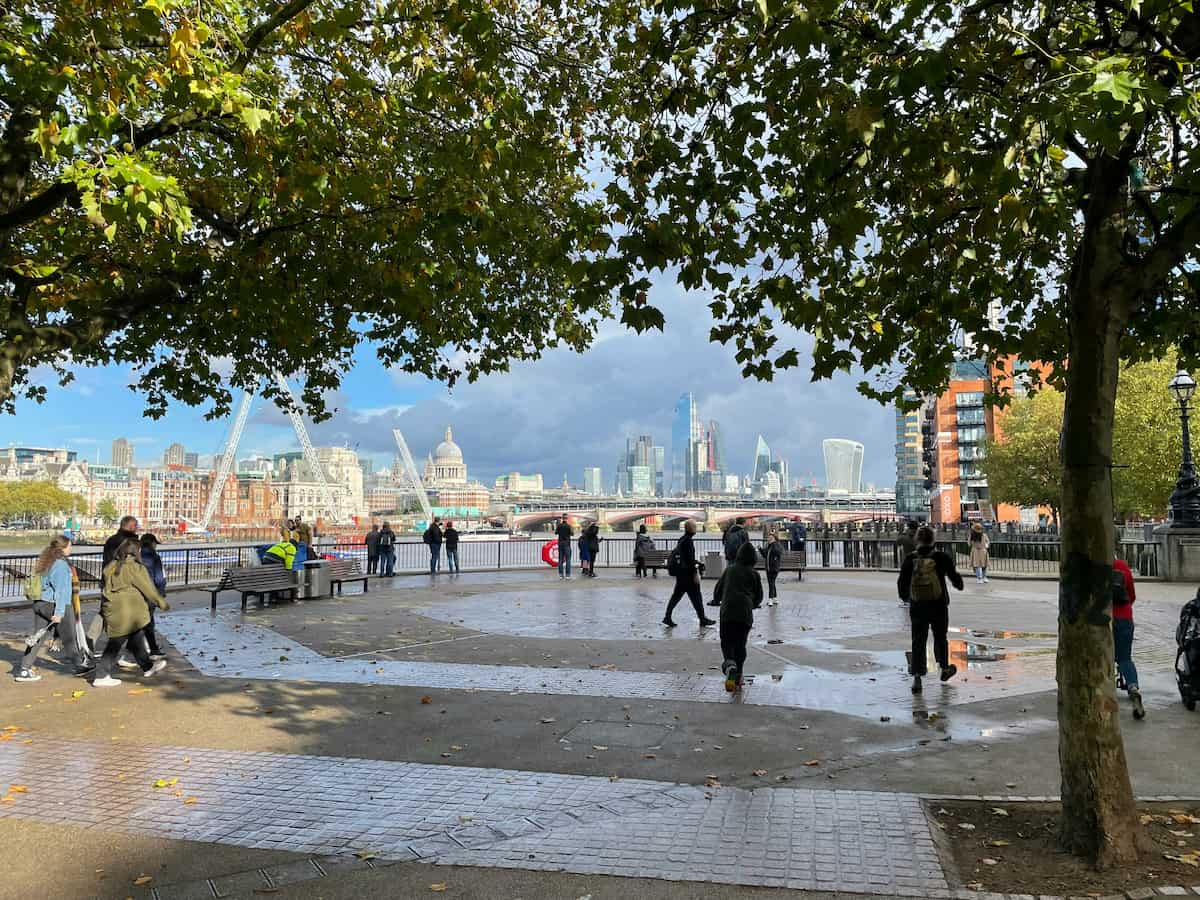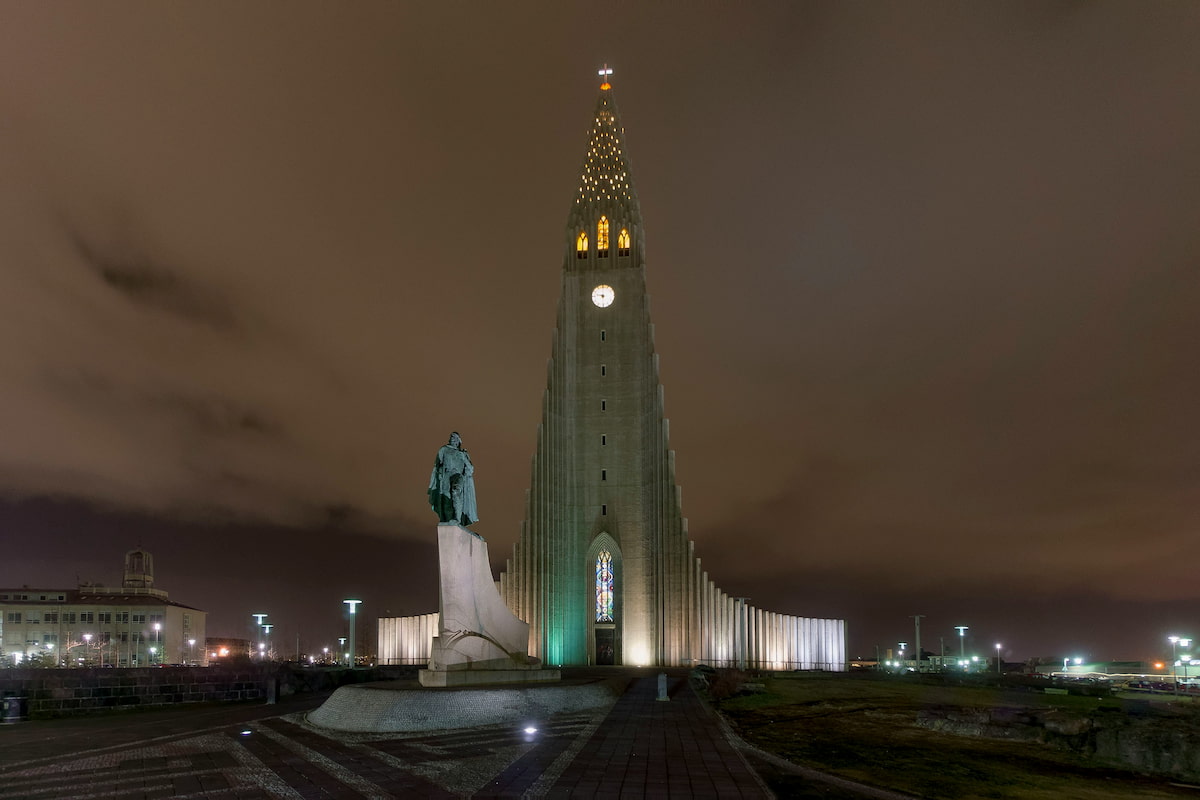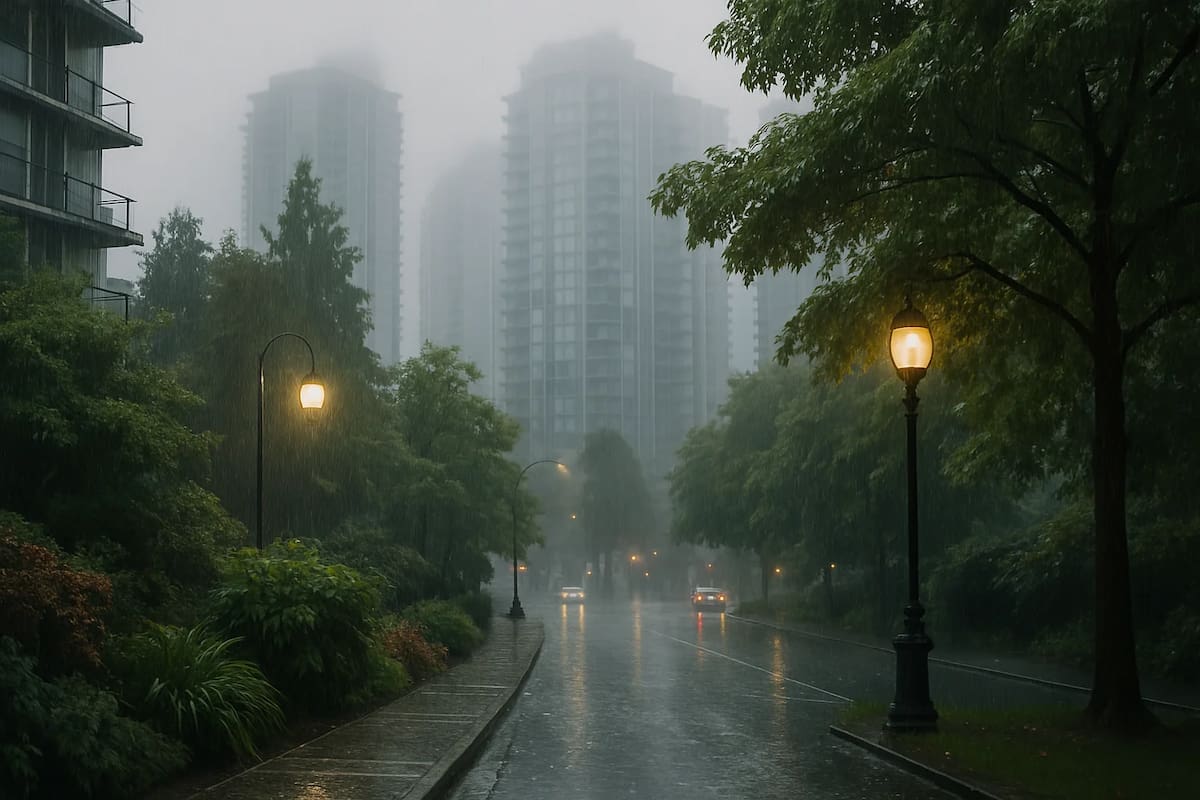
Watch short for this article (5 slides)
More Than Small Talk: Exploring the World's Most Weather-Obsessed Cities
For most people, commenting on the weather is a casual icebreaker, a brief moment of shared observation. But in certain cities around the globe, weather transcends mere conversation; it's deeply woven into the fabric of daily life, shaping routines, culture, infrastructure, and even collective psychology. These aren't just places with "bad" or "good" weather, but locations where the atmospheric conditions are so dynamic, impactful, or defining that residents develop a heightened, almost visceral connection to the elements. Let's journey through some of the world's most weather-conscious cities and explore why the sky above holds such sway.

Defining "Weather Obsession"
What elevates a city's relationship with weather from casual awareness to near-obsession? It often involves a combination of:
- High Variability/Unpredictability: Weather that changes rapidly or dramatically within short timeframes.
- Frequent Impactful Events: Regular occurrences of weather that significantly disrupt daily life (heavy rain, snow, heat, storms).
- Strong Seasonality: Distinct seasons that profoundly alter the landscape, lifestyle, and mood of the city.
- Cultural Integration: Weather becoming embedded in local idioms, art, literature, festivals, and social rituals.
- Economic Dependence/Vulnerability: Key industries (tourism, agriculture, transport) being highly sensitive to weather conditions.
- Safety Imperative: Where understanding and respecting the weather is crucial for daily safety and survival.
1. London, United Kingdom: The Art of Meteorological Conversation
London's reputation as a rain-soaked city is somewhat exaggerated (it receives less annual rainfall than Rome or Miami), but its defining characteristic is unpredictability and frequency of change. A bright morning can dissolve into afternoon drizzle, followed by brief sunshine and then a chilly evening.

Photo by Mark Saxby on Unsplash
- Why the Obsession? Situated on an island under the influence of multiple air masses (maritime polar, continental tropical, etc.) and the volatile North Atlantic weather systems, London experiences frequent shifts. Overcast skies and "grey days" are common, making sunny spells particularly noteworthy.
- How it Manifests:
- The Ultimate Icebreaker: Weather talk is famously ingrained in British politeness culture, a neutral territory for initiating conversation.
- Instant Reaction to Sun: Parks, pub gardens, and terraces fill instantly at the first sustained sign of sunshine, reflecting a deep appreciation for rare warmth and light.
- Constant Preparedness: Londoners are accustomed to carrying an umbrella ("brolly") or a versatile jacket, regardless of the morning forecast.
- Transport Woes: Weather significantly impacts the city's infrastructure – heat affecting the Tube, snow causing widespread travel chaos, fog disrupting flights.
- Unique Angle: London's obsession is less about extreme weather (though it happens) and more about the constant potential for change and the cultural ritual of discussing it.
2. Tokyo, Japan: Weather as Seasonal Poetry and Potent Force
Tokyo's relationship with weather is deeply tied to Japan's cultural appreciation for distinct seasons (shiki) and the pragmatic need to prepare for powerful natural events.

- Why the Obsession? Located in a temperate zone with monsoon influences, Tokyo experiences dramatic seasonal shifts: Cherry blossoms (sakura) in spring, hot and intensely humid summers (tsuyu - rainy season followed by heat), vibrant autumn foliage (koyo), and occasional cold, sometimes snowy, winters. It also lies in a region vulnerable to typhoons.
- How it Manifests:
- Seasonal Integration: Food menus, fashion, festivals (like hanami cherry blossom viewing), and even poetic forms (haiku) are heavily influenced by the prevailing season and its weather.
- Typhoon Preparedness: Highly sophisticated weather forecasting and alert systems are closely followed. Public transport may shut down preemptively, and citizens are well-versed in typhoon safety measures.
- Humidity Management: Coping with summer humidity is a major aspect of daily life, influencing clothing choices, building design, and the ubiquitous presence of air conditioning and dehumidifiers.
- Aesthetic Appreciation: There's a strong cultural focus on the beauty found in specific weather phenomena – the first snowfall, the gentle spring rain, the crisp autumn air.
- Unique Angle: Tokyo's obsession blends deep cultural and aesthetic appreciation of seasonal change with rigorous preparedness for potentially destructive weather events.
3. Melbourne, Australia: Four Seasons in One Meteorological Rollercoaster
Melbourne's infamous "four seasons in one day" is not just a catchy phrase; it's a lived reality that demands constant vigilance and adaptability from its residents.

Photo by Paul Volkmer on Unsplash
- Why the Obsession? Situated on Australia's southern coast, Melbourne is caught between the hot, dry air masses from the central desert and cold fronts sweeping up from the Southern Ocean. This location, combined with relatively flat surrounding terrain, allows these different air masses to clash dramatically over the city, leading to rapid shifts.
- How it Manifests:
- Rapid Temperature Swings: It's not uncommon for temperatures to plummet 15-20°C (27-36°F) in under an hour when a cool "southerly buster" change sweeps through after a hot day.
- The Layering Imperative: Locals are masters of layering clothing – carrying jackets, scarves, sunglasses, and umbrellas simultaneously is considered normal preparation.
- Impact on Outdoor Life: Planning outdoor events, from barbecues and beach trips to major sporting events like the Australian Open tennis tournament, requires constant weather monitoring and contingency plans.
- Shared Experience: The sheer unpredictability fosters a strong sense of shared experience and endless conversational fodder among Melburnians. Complaining good-naturedly about the weather is a local pastime.
- Unique Angle: Melbourne's obsession is born directly from extreme variability and the need for perpetual meteorological awareness.
4. Reykjavík, Iceland: Where Weather is Survival and Spectacle
In Iceland's capital, weather isn't just influential; it's elemental, powerful, and deeply connected to both daily survival and natural wonder.

Photo by Wietse Jongsma on Unsplash
- Why the Obsession? Located just below the Arctic Circle in the North Atlantic, Reykjavík experiences a subpolar oceanic climate characterized by cool temperatures year-round, extreme wind, frequent storms, and dramatic shifts in daylight hours (near-constant darkness in winter vs. the "midnight sun" in summer). Its location also makes it prime territory for viewing the Aurora Borealis (Northern Lights).
- How it Manifests:
- Safety First: Weather forecasts (especially wind speed and storm warnings from the Icelandic Meteorological Office) are critical for basic safety – deciding whether travel outside the city is feasible, securing property against gales, or preparing for icy conditions.
- Connection to Nature: Icelanders have a deep cultural connection to their dramatic landscape and weather, fostering resilience and respect for nature's power. Concepts related to outdoor life (friluftsliv, though more Nordic) resonate strongly.
- Aurora Chasing: Clear, dark winter nights bring the potential for the Northern Lights, prompting locals and tourists alike to constantly monitor aurora forecasts and cloud cover.
- Psychological Adaptation: Coping with long periods of darkness or continuous daylight requires psychological and social adaptation.
- Conversation Focus: Weather isn't small talk; it's often the main talk, directly impacting plans, safety, and opportunities (like seeing the aurora).
- Unique Angle: Reykjavík's obsession is rooted in the necessity of respecting powerful, often harsh, natural forces, combined with the awe inspired by phenomena like the aurora.
5. New York City, USA: Weather as High-Impact Urban Drama
In the city that never sleeps, weather events are amplified by the sheer density of population and infrastructure, turning meteorological shifts into major news and shared experiences.

Photo by Jorge Ramírez on Unsplash
- Why the Obsession? NYC sits at a climatic crossroads, experiencing a humid continental climate influenced by both inland continental air masses and coastal weather systems. This leads to distinct seasons with significant extremes.
- How it Manifests:
- Extreme Events Dominate: Blistering summer heatwaves and humidity, major winter blizzards (nor'easters) bringing the city to a standstill, dramatic thunderstorms, and occasional threats from hurricanes or tropical storms create high-impact events.
- Infrastructure Vulnerability: The dense infrastructure (subways prone to flooding, airports facing delays/cancellations, power grids under strain) makes the city highly sensitive to weather extremes.
- Media Amplification: Major weather events become front-page news and dominate social media, creating a city-wide shared focus.
- Behavioral Shifts: Sunny days see parks (like Central Park) and outdoor spaces instantly crowded; impending storms lead to runs on grocery stores; blizzards create unique scenes of quieted streets.
- Fashion and Function: Coping with icy sidewalks, sweltering subway platforms, or sudden downpours influences daily attire.
- Unique Angle: NYC's weather obsession is driven by the high stakes of extreme weather impacting a massive, interconnected urban system, turning weather into public drama.
6. Vancouver, Canada: Embracing the Reign of Rain
Vancouver's identity is inextricably linked to rain. While it boasts stunning natural beauty when the sun shines, its reputation is built on frequent, persistent precipitation.

- Why the Obsession? Located on the Pacific coast backed by mountains, Vancouver experiences a temperate rainforest climate. Moist Pacific air is forced upward by the Coast Mountains (orographic lift), causing it to cool and release abundant rainfall, especially from fall through spring.
- How it Manifests:
- Pervasive Drizzle: It's not always heavy downpours but often long stretches of light rain or overcast, damp conditions (locals might call it "liquid sunshine"). Vancouver averages over 160 days with measurable precipitation annually.
- Lifestyle Adaptation: An embrace of high-quality rain gear ("Gore-Tex armor" is common), a thriving indoor culture (coffee shops, bookstores, galleries), and architecture often featuring covered walkways or entryways.
- Mental Health Awareness: The connection between prolonged grey, rainy periods and mental health (Seasonal Affective Disorder - SAD) is openly discussed.
- Appreciation of Dry Spells: Sunny days, especially consecutive ones, are deeply cherished and maximized with outdoor activity. The lush greenery is seen as the payoff for the rain.
- Unique Angle: Vancouver's obsession is one of adaptation and identity, shaped by the sheer prevalence of its signature weather pattern.
Conclusion: Climate as Character
In these weather-obsessed cities, the daily forecast is more than just information; it's a vital input that shapes decisions, fuels conversations, influences culture, and underscores humanity's relationship with the natural world. Whether adapting to Melbourne's wild swings, preparing for Tokyo's typhoons, embracing Vancouver's rain, navigating Reykjavík's extremes, reacting to London's unpredictability, or enduring New York's amplified events, the residents of these cities demonstrate a heightened awareness of the powerful forces above. Their stories remind us that weather is not just a backdrop, but often a central character in the narrative of urban life.